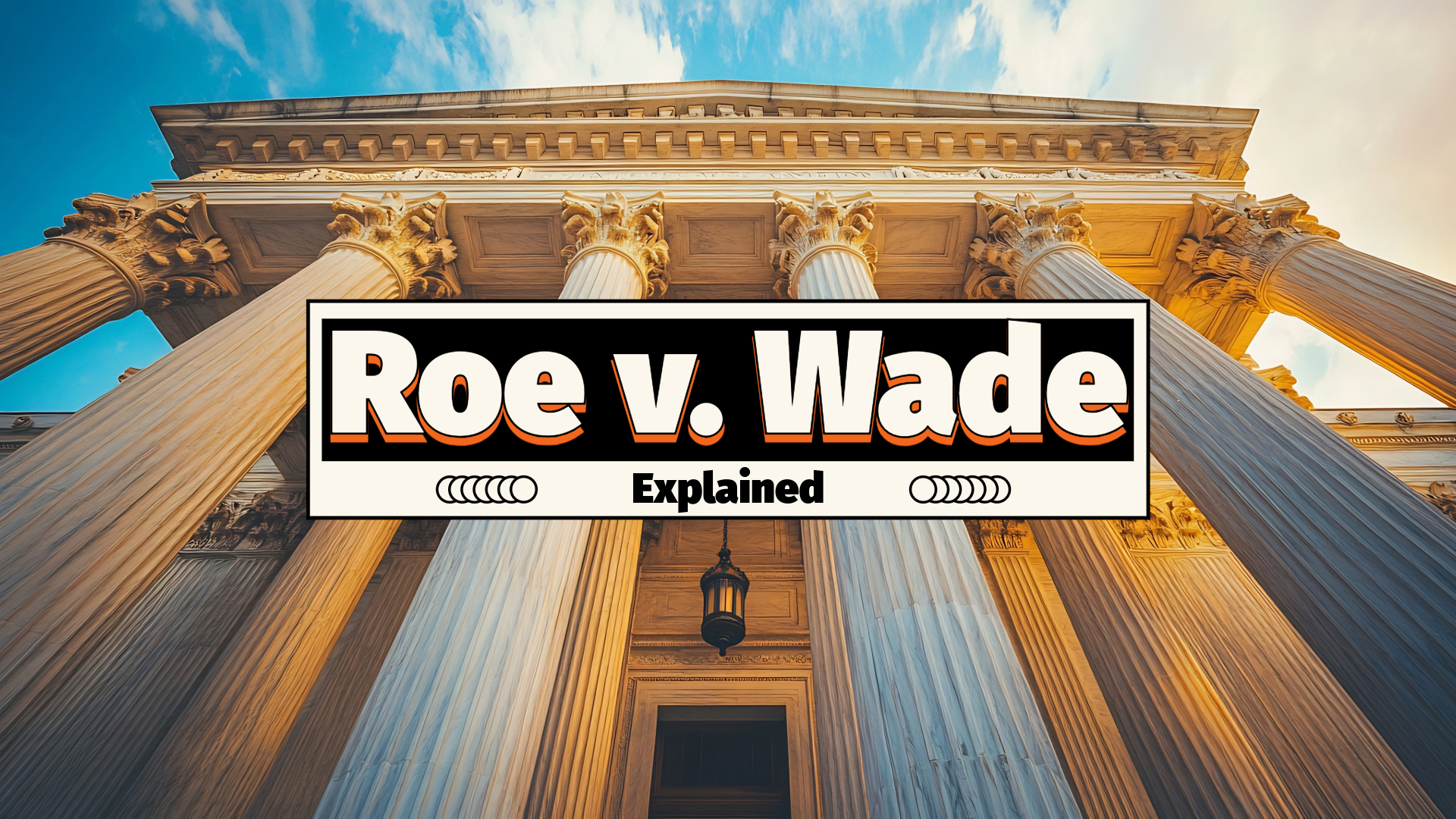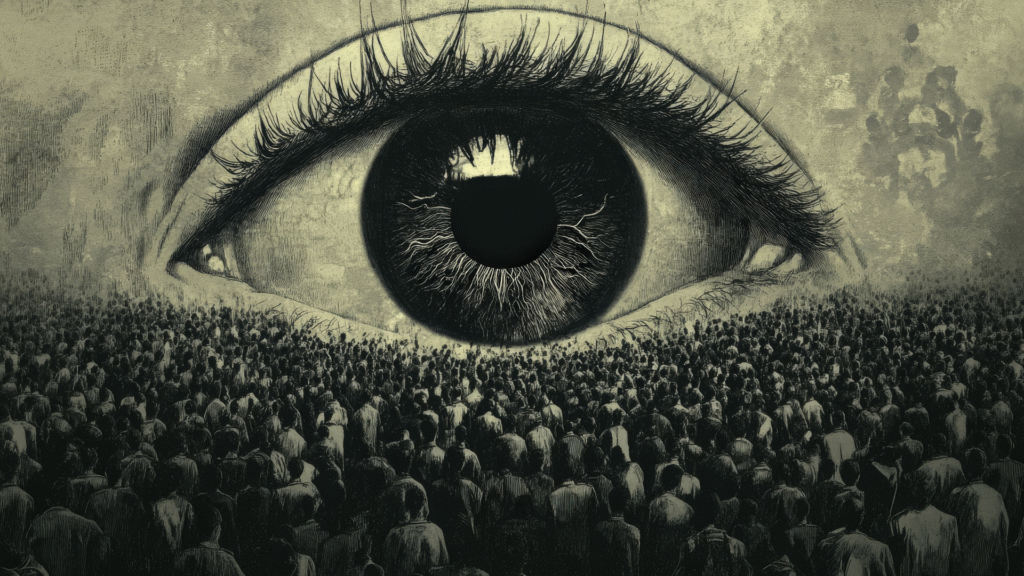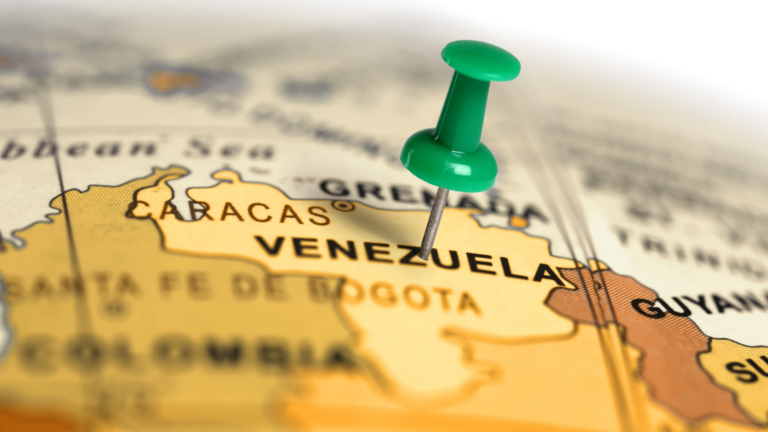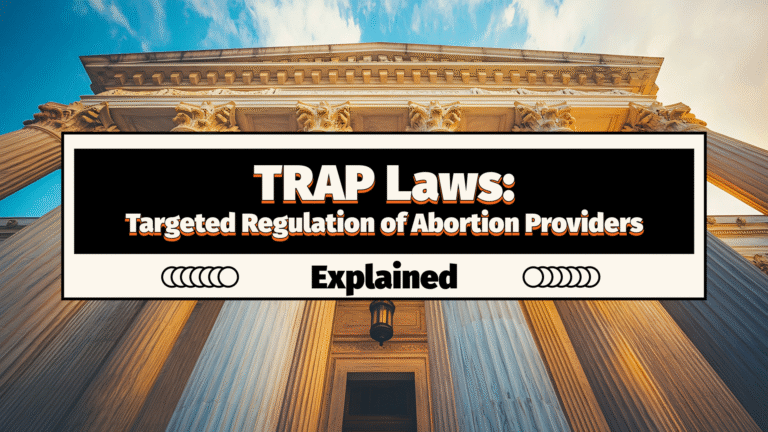Roe v. Wade
TL;DR
- Roe v. Wade was a landmark 1973 U.S. Supreme Court decision that legalized abortion nationwide.
- The case involved “Jane Roe,” a pseudonym for Norma McCorvey, who challenged Texas laws banning abortion.
- The Court ruled that the constitutional right to privacy includes a woman’s right to choose an abortion.
- It set up a trimester framework to balance women’s rights and state interests.
- In 2022, Roe was overturned by Dobbs v. Jackson Women’s Health Organization, ending federal protection for abortion rights.
What it is
Roe v. Wade was a U.S. Supreme Court case decided in 1973 that established a woman’s legal right to have an abortion under the constitutional right to privacy. The ruling effectively nullified many state laws that restricted abortion and became one of the most controversial and politically significant legal decisions in American history.
Why it matters
Roe v. Wade changed the landscape of reproductive rights in the United States. By framing abortion as a constitutional issue, the decision placed limits on how states could regulate or ban the procedure. It also triggered decades of legal, political, and cultural battles over abortion access, influencing elections, judicial appointments, and state legislation.
How it works / Key concepts
- Constitutional Right to Privacy: The Court found that the Due Process Clause of the 14th Amendment protects a “right to privacy,” which encompasses a woman’s decision to have an abortion.
- Trimester Framework: Roe established a three-part framework: in the first trimester, abortion could not be restricted; in the second, states could regulate in ways related to maternal health; and in the third, states could prohibit abortion except when the mother’s life or health was at risk.
- Legal Standing: “Jane Roe” (Norma McCorvey) filed the suit against Henry Wade, the Dallas County District Attorney, claiming the Texas law banning abortion was unconstitutional.
Examples / Use cases
- Women seeking abortions in restrictive states gained access under federal protection after Roe.
- States like California and New York became less central to abortion access since all states had to follow the ruling.
- Subsequent legal challenges (e.g., Planned Parenthood v. Casey) modified but upheld Roe’s core holding until 2022.
Limitations and risks
- Roe never fully settled the legal debate over abortion, leading to constant legislative pushback and court challenges.
- The decision was criticized by some legal scholars for its judicial reasoning, making it more vulnerable to reversal.
- In 2022, the Supreme Court overturned Roe in Dobbs v. Jackson, returning abortion regulation to individual states.
FAQ
- Who was Jane Roe? Jane Roe was the pseudonym for Norma McCorvey, a Texas woman who challenged state abortion laws. She never had the abortion due to the length of the case.
- Did Roe legalize abortion in all circumstances? No, it established a framework that allowed increasing state regulation as a pregnancy progressed.
- What replaced Roe after it was overturned? The Dobbs decision left abortion laws up to individual states, leading to a patchwork of laws nationwide.
- Was Roe based on the Constitution? Yes, the Court based it on the 14th Amendment’s Due Process Clause, citing a right to privacy.
- Why was Roe overturned? The majority in Dobbs argued the Constitution does not explicitly protect abortion and returned the issue to the states.
Sources
- Oyez. “Roe v. Wade.” Oyez.org, 2022.
- Guttmacher Institute. “State Bans on Abortion and the Overturning of Roe v. Wade.” July 2022.
- U.S. Supreme Court. Roe v. Wade, 410 U.S. 113 (1973).
- National Constitution Center. “Explaining the Court’s decision in Roe v. Wade.” 2022.













